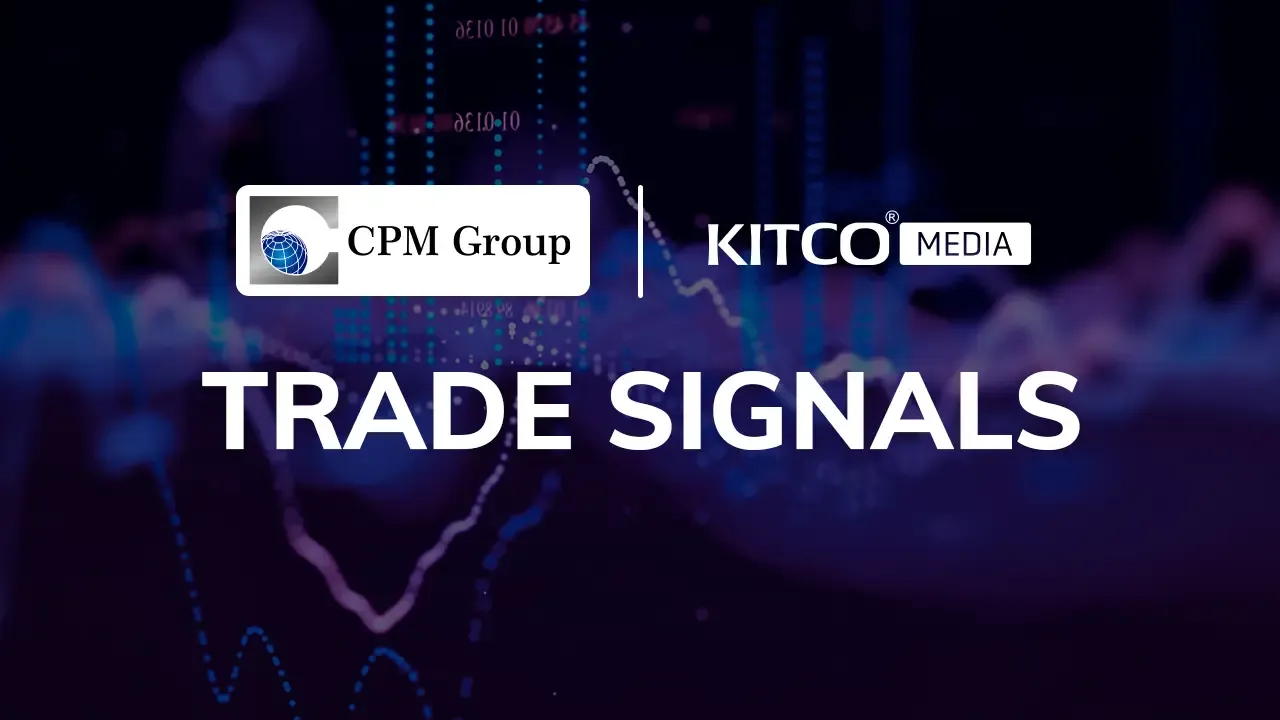CPM Market Commentary: Silver’s Strength Is That It Is Neither Strategic Nor Critical
Click Here To See The Full Report
Recently there have been calls by members of the silver market to have governments declare silver a strategic or critical metal. Such a move would be detrimental to the silver market, to producers, users, investors, and others. Efforts to have silver labeled a strategic or critical metal are misguided on a number of levels.
- Silver is neither a strategic nor a critical metal. It simply does not have the qualities that make metals or minerals either strategic or critical. Silver simply does not meet the qualifications to be considered strategic or critical.
- Silver’s strength lies in the very fact that it has none of the characteristics of a strategic or critical metal. If silver were a strategic or critical metal, as these terms are defined by governments and other authorities, silver would not be used in as many applications and ways as it is, and its market would be burdened with many nuances that would limit silver’s attractiveness both to fabricators that do or might in the future use silver in their products and processes, and to investors. All of this and more would be bad for silver producers, markets, and prices.
- The last thing that the silver mining industry, silver users, investors, and the overall silver market needs are the governmental burdens, regulations, oversight, and involvement in the silver market that would come with the metal being declared a strategic or critical metal.
Strategic and critical metals defined
Before discussing (a) why silver is not a strategic or a critical metal, and (b) why pushing governments to declare it one is a misguided policy idea, let us define what makes a metal either strategic or critical.
Different governments have differing definitions of what makes a metal or mineral strategic or critical, but they all come down to being important to economic activity or defense, being relatively scarcely distributed in mineable deposits in a few countries, and having those mineable deposits located primarily in countries that could be considered adversaries.
For example, the U.S. Defense Department defines strategic minerals as those that support military and strategic activities and critical minerals as those that support essential civilian industry; are not found or produced in the United States in quantities to meet that nation’s needs; and are found and produced in a relatively small number of countries, many of which may be considered potential adversaries to the United States at times.
Metals such as cobalt, tantalum, and the platinum group of metals meet the criteria for being declared strategic or critical metals. They are produced in a limited number of countries, many of which may represent unstable, uncertain, or hostile nations. They are produced in relatively small volumes. In the case of cobalt and tantalum, there are no large above-ground inventories of refined metal that might be drawn upon if newly mined supplies were disrupted. They are crucial materials for a number of military and civilian manufactured products and applications.
Importantly, the classification of a metal or mineral as being critical gives the government the rights and authority to assert strict measures controlling the conservation and distribution of such metals.
Silver Does Not Pass Muster
Silver mine reserves and resources are found in more than a hundred countries around the world. Some of the largest deposits yet discovered have been in the United States, with Mexico and Canada also holding vast reserves and resources. Silver was mined in at least 76 countries as of 2023.
The Current Issue
Over the past several years governments and others have become concerned about resource availability in a world characterized by increased nationalism including resource nationalism at the same time as sharply reduced intergovernmental cooperation and politically motivated disruptions in international trade and commerce. This coupled with new technologies emerging that require relatively scarcely produced metals has led to governments re-establishing national strategic and critical metals policies and stockpiles. These existed from World War One through the Cold War, but were largely dismantled by many governments and militaries (although not the U.S., Chinese, or some other governments) during the period from the middle of the 1990s through around 2006.
As governments came up with strategic and critical metals policies and lists over the past 18 years, silver has not been on most if not all of these governments’ lists of metals to worry about.
That makes sense given the availability of mineable silver in many countries, the globally established silver mining industry, the large above ground inventories of refined silver around 5.5 billion ounces, the larger amount of silver in jewelry, silverware, and decorative objects available for recovery and refining, and the lack of critical and strategic uses for silver.
The chart and table on the following pages, from the US Geological Survey, highlight the reality that there are enormous mineable reserves of silver in numerous countries around the world, including the three North American producers. Economically mineable silver reserves were equivalent to more than 23 years of production at current rates as of 2022, according to the USGS data, which are considered the most complete and accurate in the world. (The USGS table is in metric tonnes. The chart is in millions of troy ounces.)
Silver is geologically available in many places and quantities, but the production of it is subject to many factors including the economic viability of individual deposits, government regulations and permitting issues, taxation policies, social and political risk, and more.
Some silver mining companies feel left out, and think that if silver were declared a strategic or critical metal investors might find their shares more attractive. They now are lobbying governments to declare silver a strategic or critical metal.
That would be a bad move for silver. Being a strategic or critical metal means that governments pay extra attention to your market, and assume controls related to the production, processing, use, and ownership of the metal. Governments will intervene in production and fabrication demand trends. They will impose a range of regulations, including prohibiting production developments if foreign direct investments are involved and export restrictions or prohibitions that reduce the potential revenues and profits of mine developments and operations. Governments can and do limit the supply of strategic and critical metals to domestic industry as well. Overall, being a strategic or critical metal brings with it government involvement, intervention, regulations, oversight, etc. which would be counter-productive and lead to sub-economic decisions skewing the silver market.
Click Here To See The Full Report
This CPM Group Market Commentary is sponsored Silvercorp, one of the premier silver mining companies in the world. Silvercorp sees silver and silver mining equities as excellent investments, and wants to help investors to invest in silver and silver mining shares based on rational, fact-based reasons and expectations.

